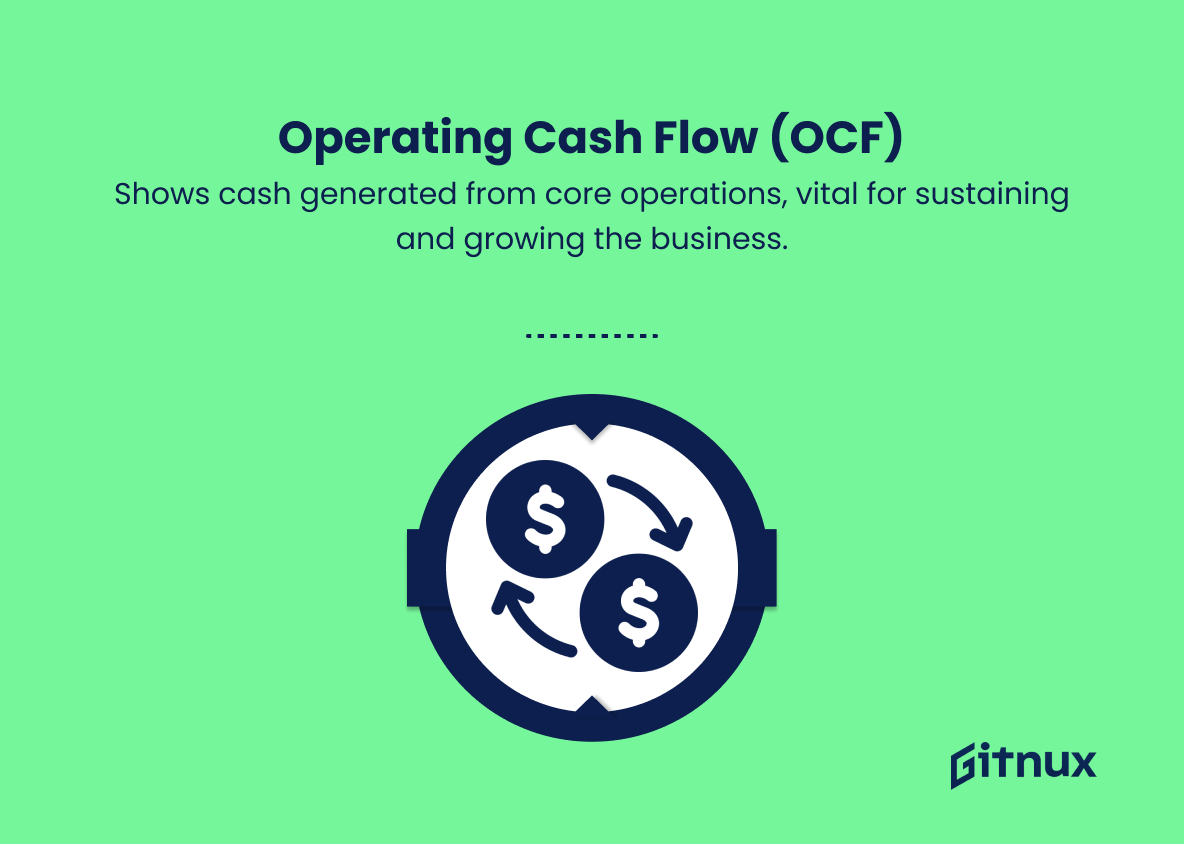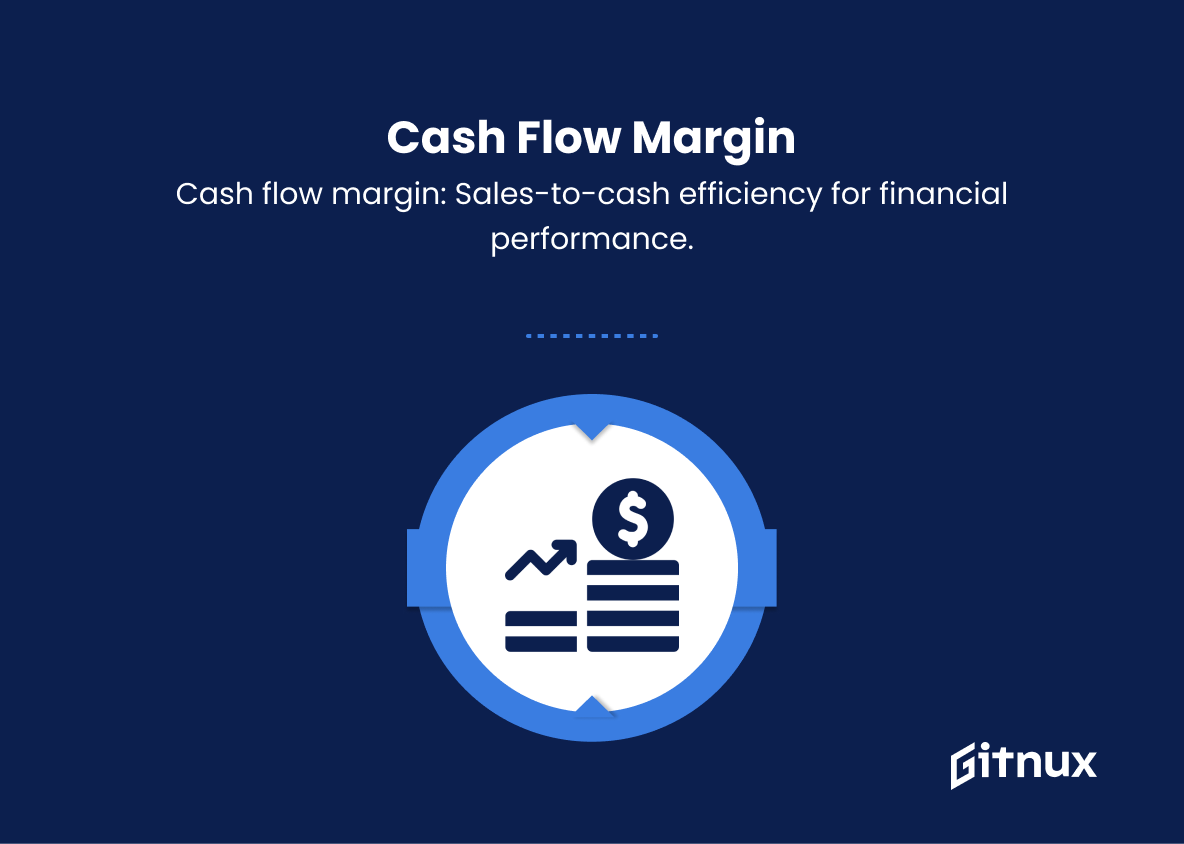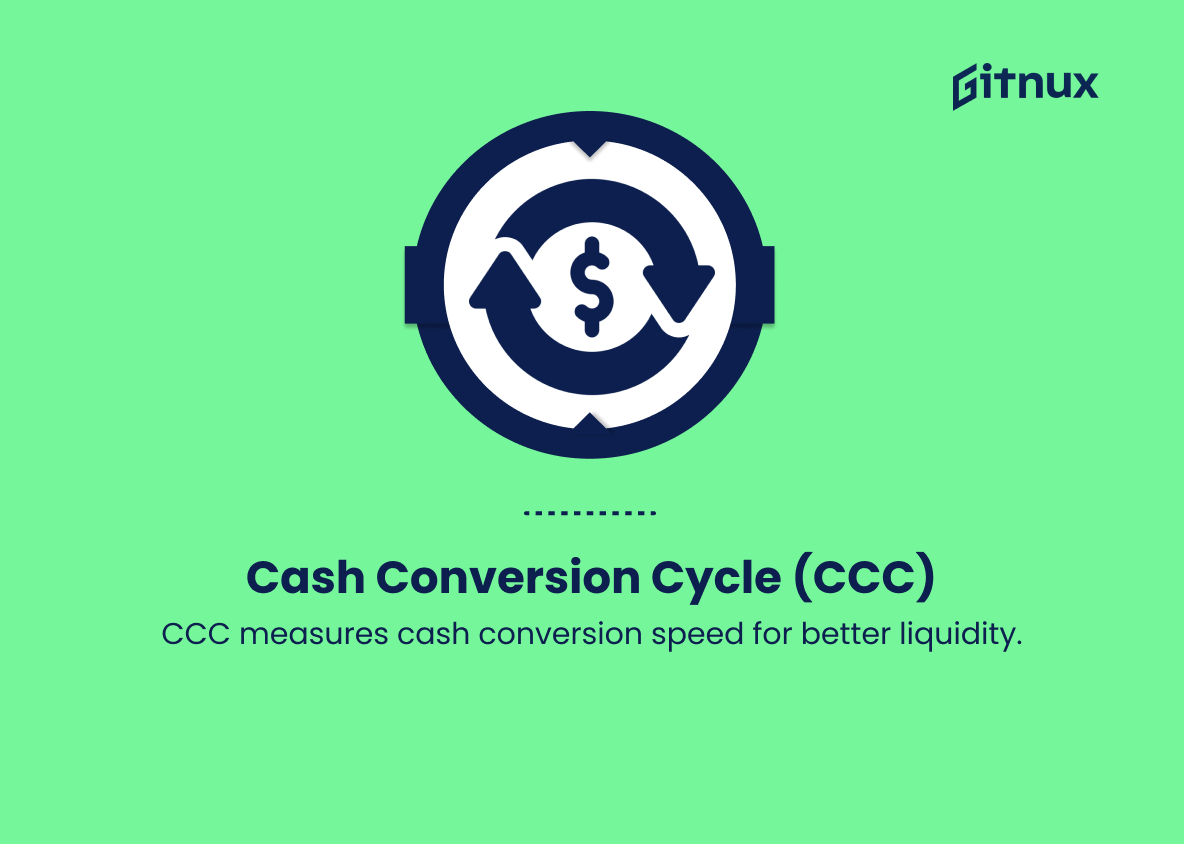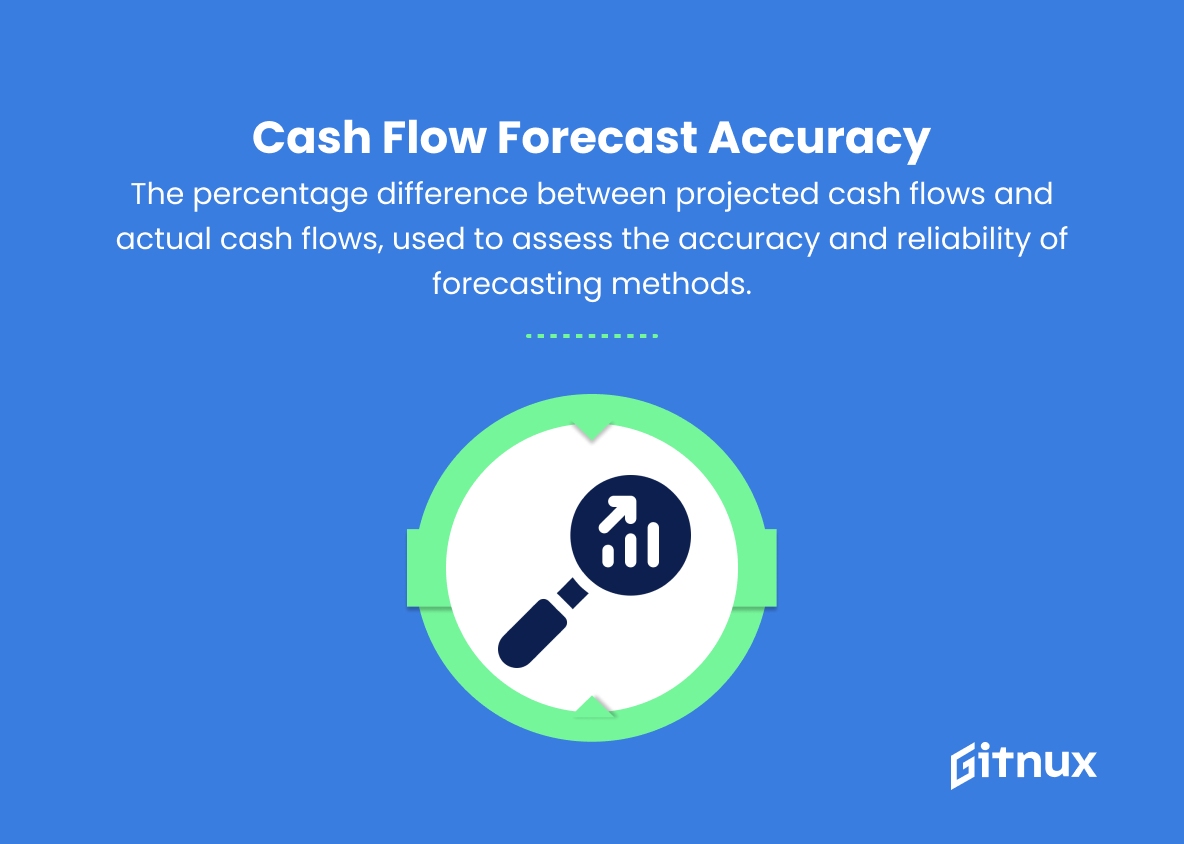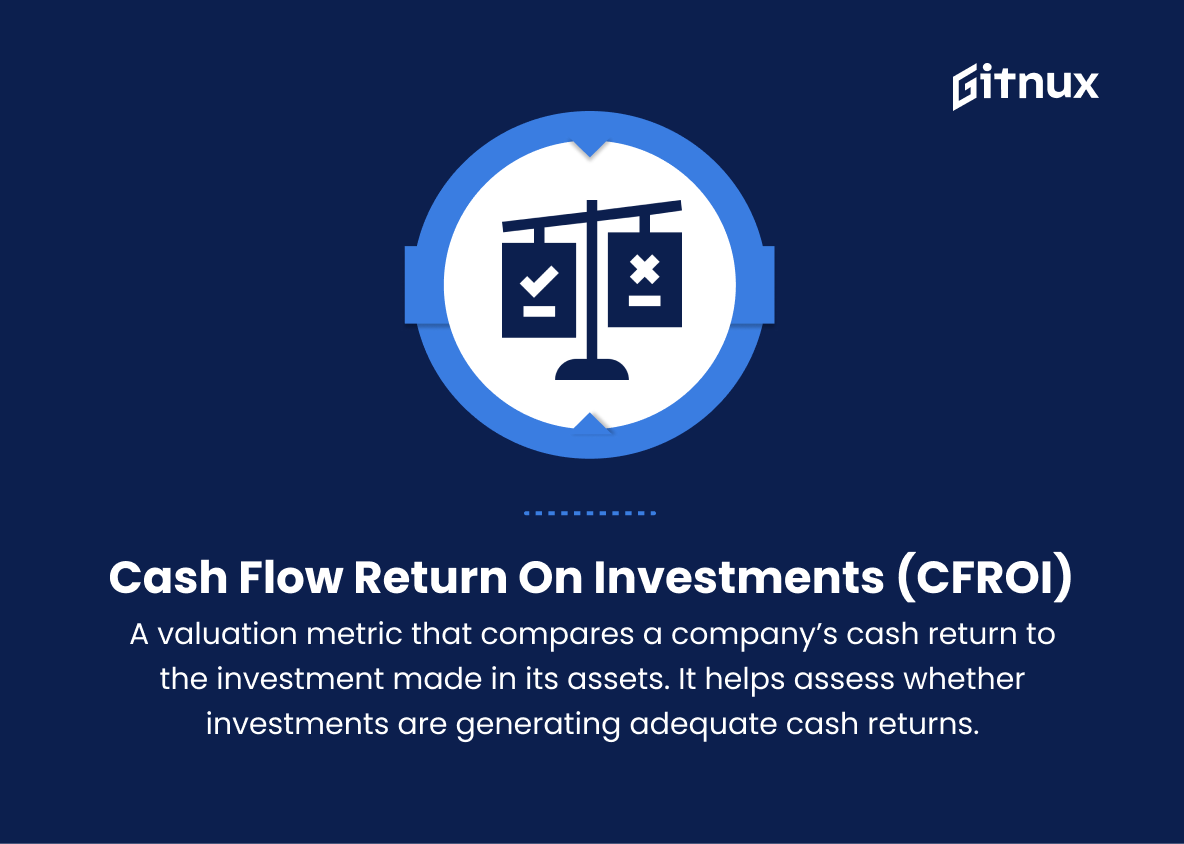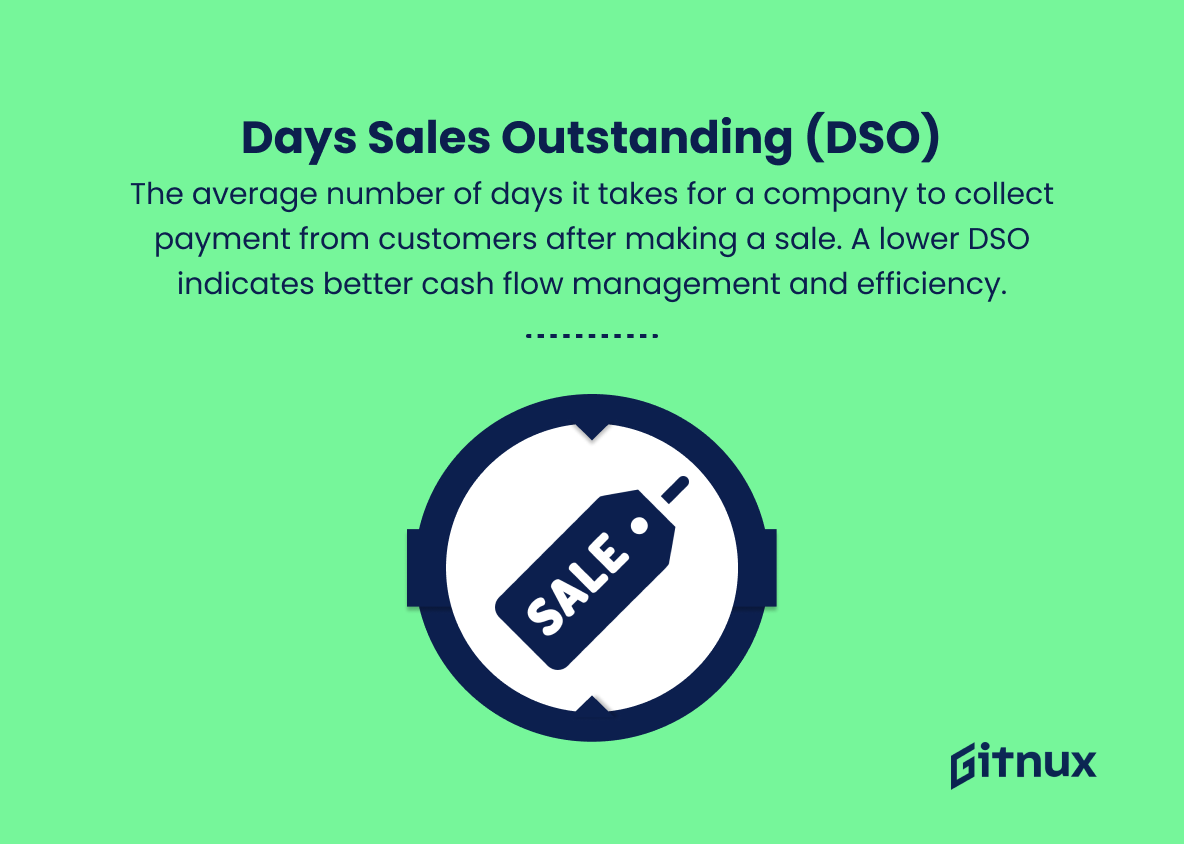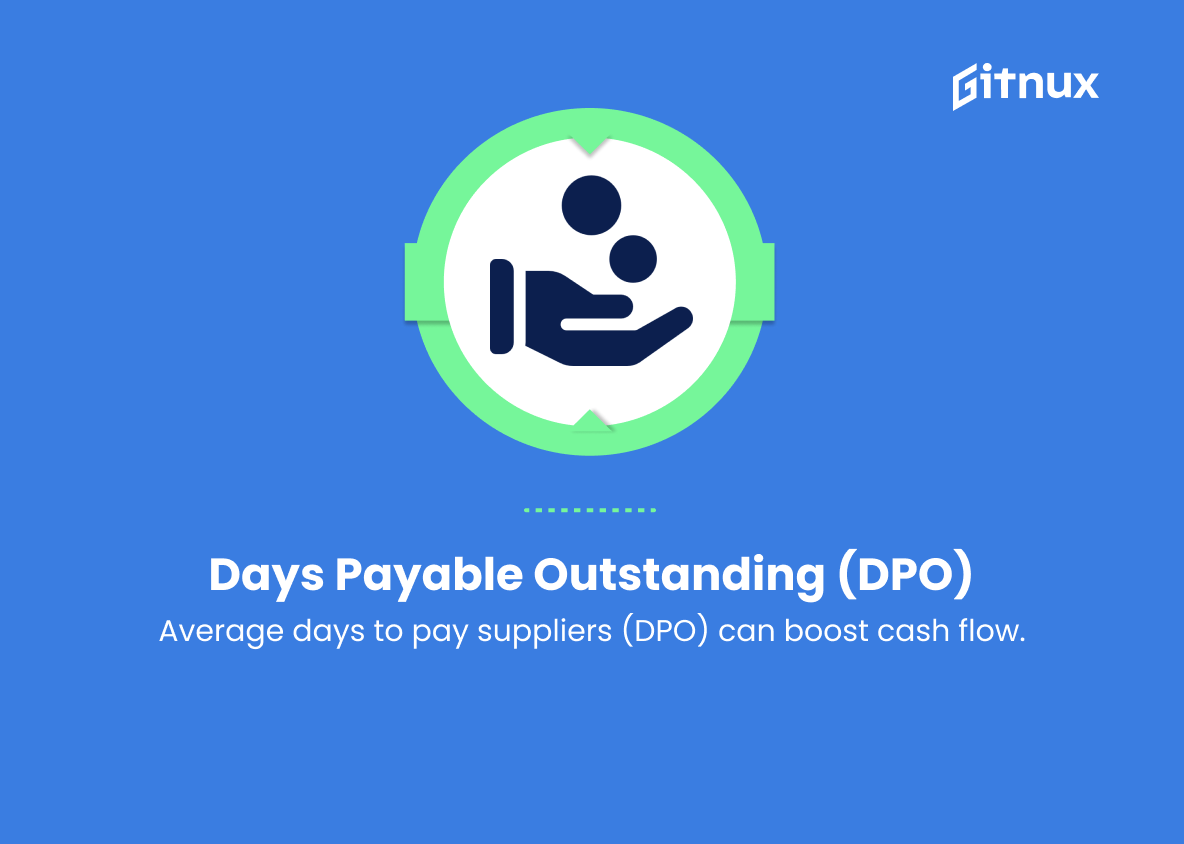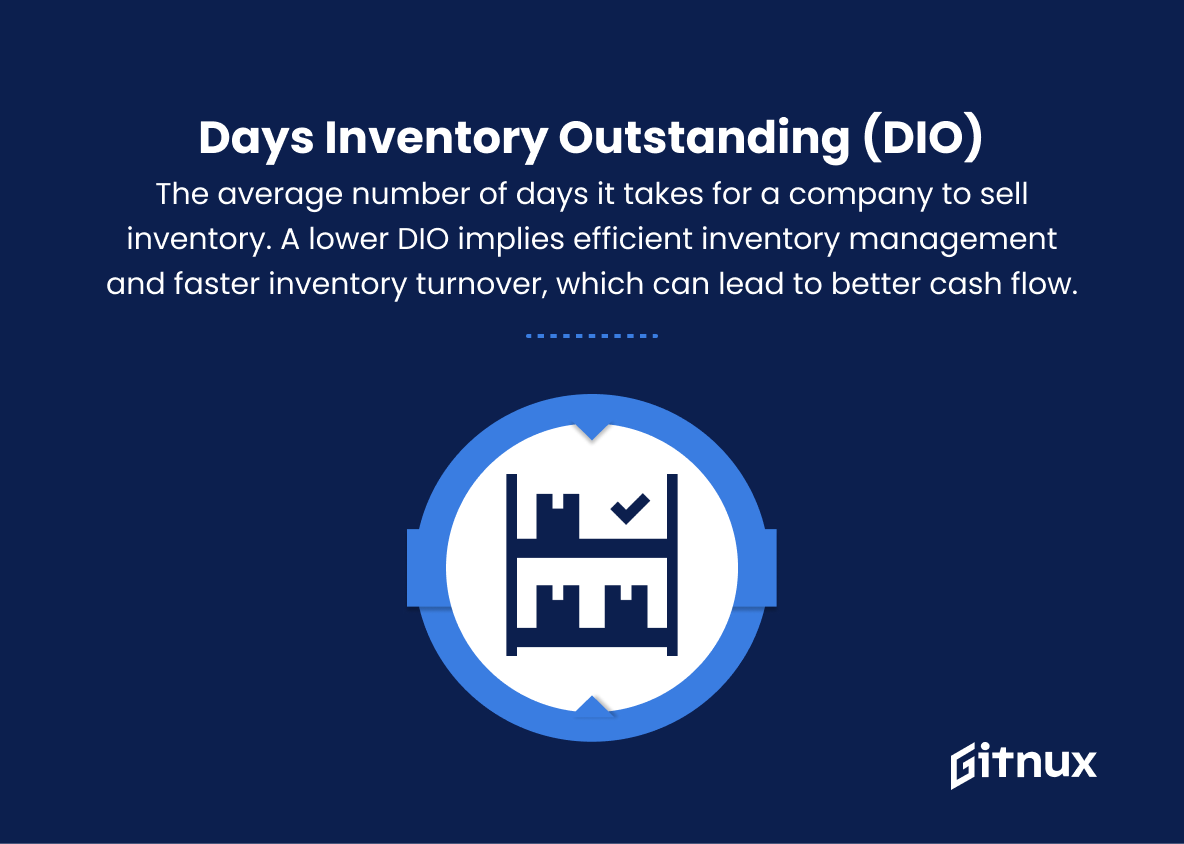In today’s rapidly evolving business landscape, maintaining a healthy cash flow is critical to the survival and success of any business. Analyzing and monitoring cash flow key performance indicators (KPIs) has never been more important for businesses to stay ahead of the curve and ensure financial stability.
In this insightful blog post, we will delve into the world of cash flow KPIs, discussing their importance, the different types of KPIs every business should be aware of, and best practices for using these valuable metrics to drive informed decision-making and sustainable growth. Whether you are a seasoned financial professional or a business owner just beginning your financial journey, this comprehensive guide to cash flow KPIs will provide you with the knowledge and tools necessary to navigate the complex world of cash flow management with confidence.
Cash Flow KPIs You Should Know
1. Net Cash Flow
The difference between cash inflows and outflows during a specific period, representing the overall cash availability. It helps assess a company’s ability to meet financial obligations and invest in growth opportunities.
2. Operating Cash Flow (OCF)
The cash generated from regular business operations, excluding investments or financing activities. OCF indicates how well a company can maintain and grow its operations using cash generated through day-to-day activities.
3. Free Cash Flow (FCF)
The cash a company has left over after making necessary investments to maintain and expand its business operations. FCF helps determine a company’s financial health and its ability to generate returns for stockholders.
In today’s rapidly evolving business landscape, maintaining a healthy cash flow is crucial for the survival and success of any enterprise.4. Cash Flow Margin
The ratio of cash flow from operations to net sales, indicating how efficiently a company converts sales into cash. A higher cash flow margin generally suggests better financial performance.
5. Cash Conversion Cycle (CCC)
The length of time it takes for a business to turn its investments in inventory and other resources into cash through sales. A shorter CCC means more efficient cash management and indicates better liquidity.
6. Cash Flow Forecast Accuracy
The percentage difference between projected cash flows and actual cash flows, used to assess the accuracy and reliability of forecasting methods.
Cash flow KPIs play a crucial role in understanding and managing a company’s financial health and cash management efficiency.7. Cash Flow Return on Investments (CFROI)
A valuation metric that compares a company’s cash return to the investment made in its assets. It helps assess whether investments are generating adequate cash returns.
8. Days Sales Outstanding (DSO)
The average number of days it takes for a company to collect payment from customers after making a sale. A lower DSO indicates better cash flow management and efficiency.
9. Days Payable Outstanding (DPO)
The average number of days it takes for a company to pay its suppliers after receiving an invoice. A higher DPO can improve cash flow by allowing the company to hold onto cash longer before paying for goods or services.
10. Days Inventory Outstanding (DIO)
The average number of days it takes for a company to sell inventory. A lower DIO implies efficient inventory management and faster inventory turnover, which can lead to better cash flow.
11. Dividend Payout Ratio
The proportion of earnings paid out as dividends to shareholders. A lower ratio may indicate the company is retaining more earnings for reinvestment or debt repayment, influencing cash flows.
These are just some examples of cash flow KPIs that can help you monitor and evaluate a company’s financial health and cash management efficiency.
Cash Flow KPIs Explained
Cash flow metrics play a critical role in understanding and managing a company’s financial health and cash management efficiency. Net cash flow provides insight into a company’s ability to meet its financial obligations and invest in growth opportunities by showing the difference between cash inflows and cash outflows. Operating cash flow (OCF) shows a company’s ability to maintain and grow its business using cash generated from normal operations, while free cash flow (FCF) demonstrates a company’s financial health and ability to generate returns for shareholders.
Cash Flow Margin and Cash Conversion Cycle (CCC) are key indicators of efficient cash management and liquidity. Cash Flow Forecast Accuracy, Cash Flow Return on Investment (CFROI), Days Sales Outstanding (DSO), Days Payable Outstanding (DPO), and Days Inventory Outstanding (DIO) provide valuable information about the company’s forecast accuracy, return on investment, cash flow efficiency, and inventory management.
Finally, the dividend payout ratio signals the extent to which earnings are being retained for reinvestment or debt repayment, which affects overall cash flows. In summary, monitoring these cash flow KPIs helps companies make informed decisions and maintain financial stability.
Conclusion
In summary, effectively monitoring and managing cash flow KPIs is critical to the financial health and success of any business. By keeping a close eye on these metrics, companies can optimize their cash flow, reduce risk, make more informed decisions, and ultimately achieve sustainable growth.
Ensuring a comprehensive understanding of cash flow KPIs, such as operating cash flow, cash conversion cycle, current ratio, and working capital, enables companies to adapt to ever-changing market demands and steer their organization toward a stable financial future.

